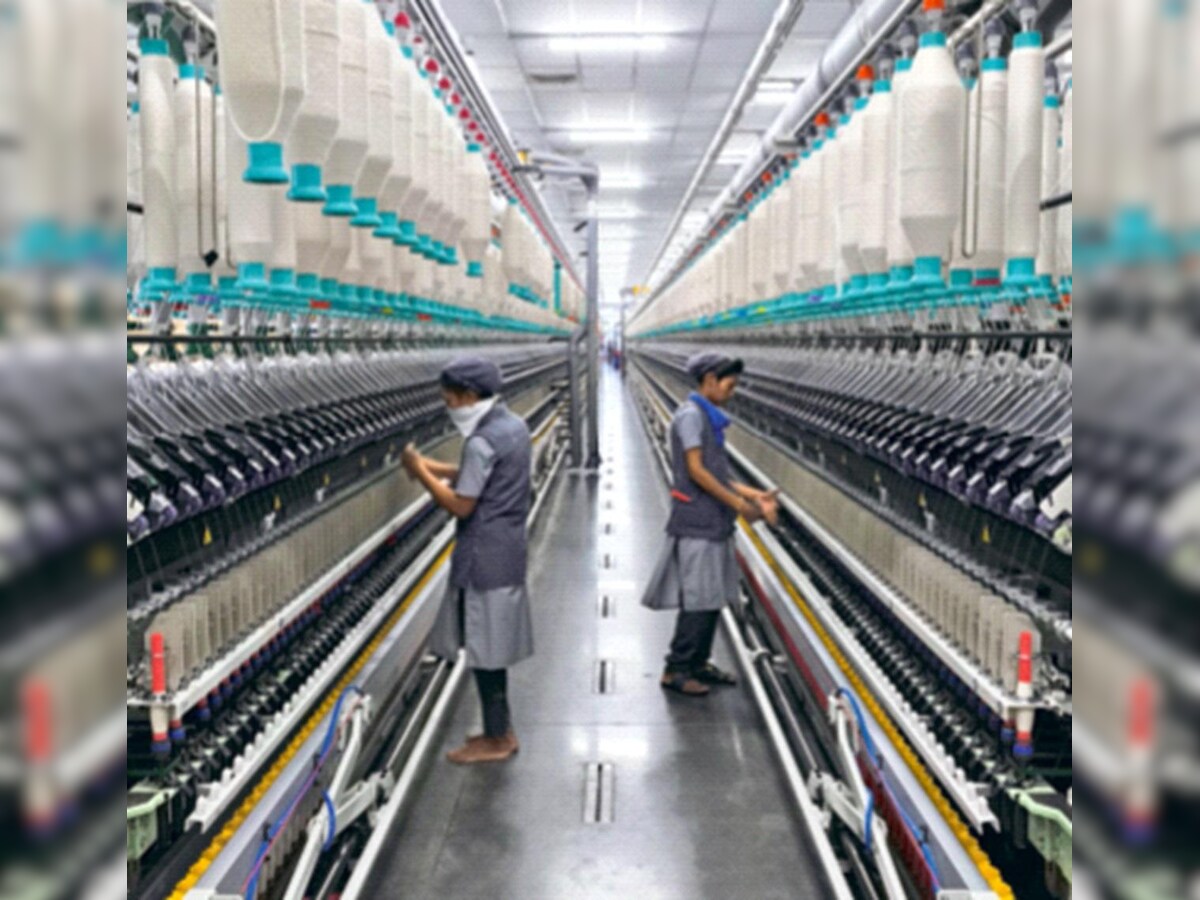In the first six months of this financial year, cotton yarn exports from India declined ten per cent. Withdrawal of export incentives for cotton yarn has reduced India’s competitive edge by increasing prices to the tune of five or six per cent.
The country exports almost 20 per cent of its cotton produced. In 2013-14, spinning mills took advantage of the two per cent incremental export incentive, two per cent interest subvention, and three per cent focus market incentive. In 2014, these incentives were withdrawn and cotton yarn exports in 2016-17 registered a 26 per cent decline in value terms.
During the current cotton season, prices might touch minimum support price levels as production is expected to be high.
The textile industry has one of the highest levels of non-performing assets. When exports benefits such as Merchandise Exports from India Scheme and Interest Equalisation Scheme were introduced, all segments of the textile value chain were covered except cotton yarn. Thus cotton yarn exports to China dropped.
The three per cent IES benefit is essential to maintain six to nine months’ cotton inventory and to ensure consistency in quality of yarn supplied. The industry has asked for restoration of MEIS and IES benefits for cotton yarn.
Indian cotton yarn exports decline
- 1
- 2
- 3
- 4
- 5
- 6
- 7
- 8
- 9
- 10
Wired Threads: How India’s textile backbone is powering the smart apparel future
India’s huge textile industry, long celebrated for its command over cotton and competitive manufacturing scale, is going through a foundational... Read more
The New Core Competency: How sustainability and advanced fabrics are driving Ind…
The SportTech Pavilion at Techtextil India, hosted by Concepts N Strategies, concluded with a unanimous declaration: for India to successfully... Read more
New EU import rules set to raise prices for Shein and Temu, boosting European re…
Europe’s fashion and textile scenario is on the verge of its most consequential structural shift in over a decade. The... Read more
Global apparel trade rebalances in 2025 as Europe rises, Asia stumbles: Wazir Ad…
As the global apparel economy enters the final quarter of 2025, trade flows across major markets reveal a sector facing... Read more
Tariffs, turbulence and tenacity, India’s textile sector finds new strength
India’s textile and apparel export sector is showing a remarkable capacity to adapt and thrive in one of the most... Read more
Future Fiber Demand and the Chemical Recycling Imperative: Global industry eyes …
The global textile industry is entering a period of exponential growth and profound technological transformation, according to key figures speaking... Read more
Regenerative innovation and the Human-Centric future of textiles
The global textile industry is at a crossroads where mere efficiency and profit no longer guarantee survival. This was the... Read more
Profit with Purpose: Inside the 35% margin boom in upcycled fashion wholesale
The secondhand wholesale sector, once seen as the back end of fashion, is now leading a quiet revolution, one that... Read more
Beyond CMT: Collaboration, not competition, is India’s new growth strategy
The journey for India’s activewear industry to move "Beyond CMT" (Cut, Make, Trim) and capture the global premium mandate is... Read more
Inside Lululemon’s toughest year, tariffs, trend misses, and the fight to reigni…
For over a decade, Lululemon Athletica embodied everything the premium athleisure revolution stood for technical mastery, community-driven branding, and an... Read more












